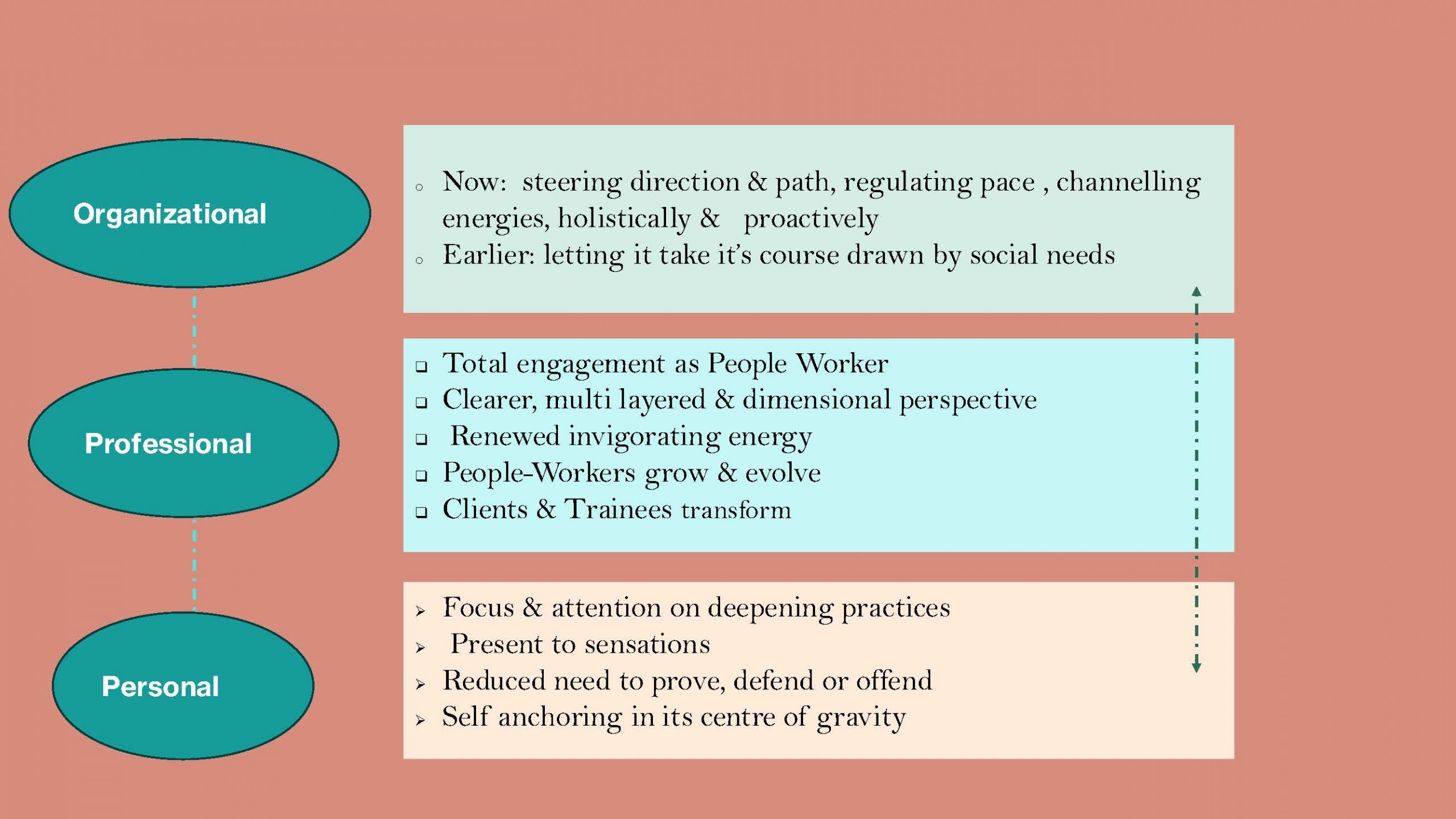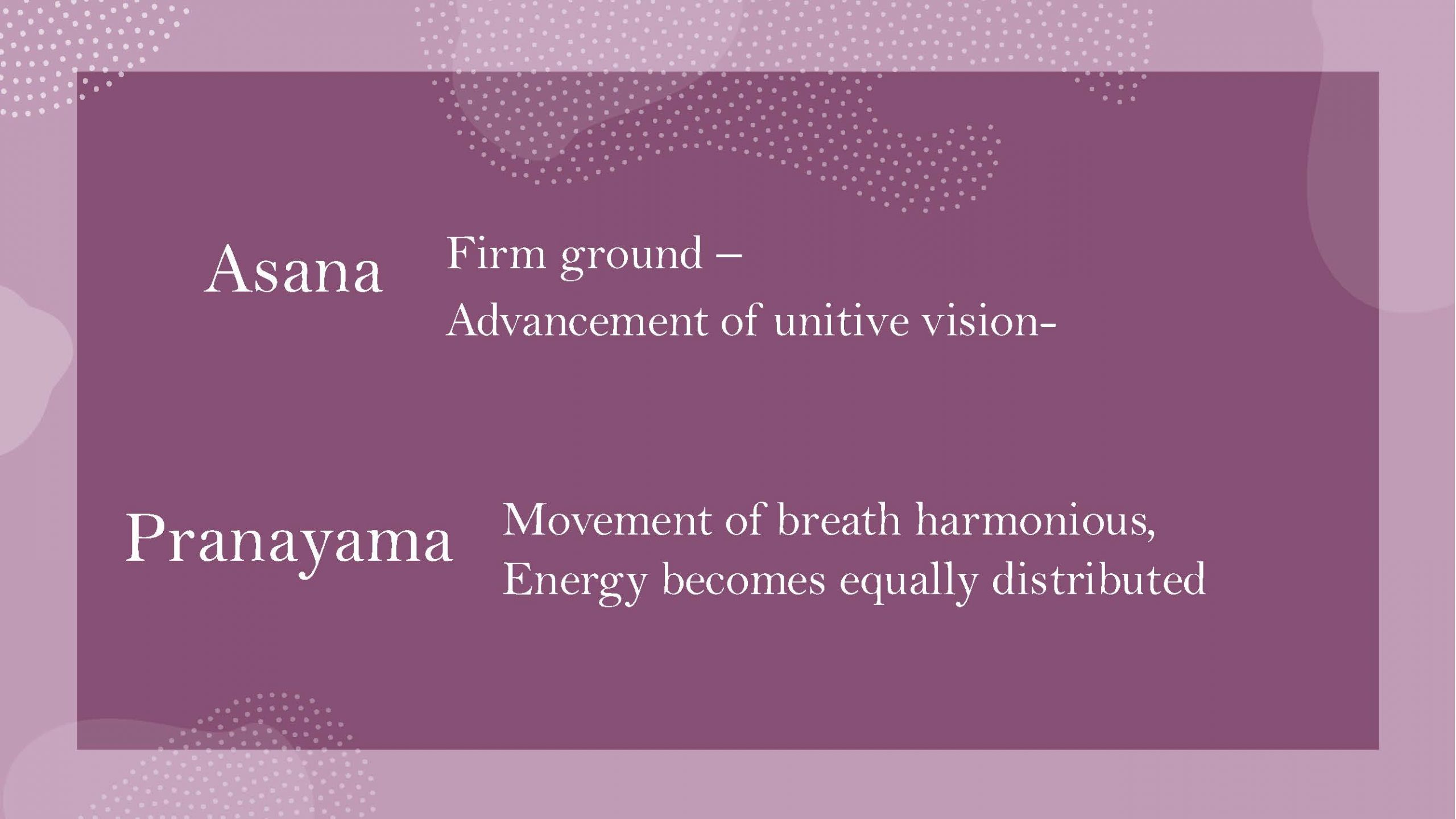Ethical Behaviours – Asana & Pranayama. The 3rd & 4th Limbs
Dear Readers, Welcome to SC Musings, Blog 43
I had assumed, even after years of practicing and teaching them, that asanas are postures and pranayama breathing exercises. Guru Nitya instilled in me the depth of these two of the eight limbs. Delving deeper enabled me discover the connections between them and ethical behaviours, and the manner in which they enhance one another.
Let us begin with what are not asana and pranayama.
Asha, a 70 plus acquaintance, often talks about how she made and is making things happen for her family. Mother of 4, 3 sons and a daughter, she declares her capacity to be steady, set goals and achieve targets. However, recently she has been mentioning that none of her four children meet her expectations and that she feels lonely and disconnected. This state is also manifested in her health taking a back seat, with chronic anxiety accompanied by reduced appetite and weight loss. Though medically cleared, she continues to feel depleted. Steady and rooted in her prowess of organising and getting things done, Asha appears to be rudderless and floundering. Mere practice of postures and breathing exercises have not contributed to Asha becoming peaceful. Despite a show of strength, it is obvious that Asha is bogged down by her vulnerability.
I am now going to use self as a case study to enumerate the nuances of asana and pranayama; later, I will also be referring to a few happenings globally to give a wider perspective.
As a senior citizen, I am in the process of stepping back from active engagement personally and socially. At present, focus and attention is on deepening Taichi, Yoga and Meditation practices, regulating food intake, gardening and simplifying running of my home. Grooming self, my parlour visits are only for haircuts and body massages. The experience of having plenty of time to sit back, for gardening and enjoying the movements of the leaves and birds is soothing and comforting.
Also, am very present to the sensations in my body, almost moment to moment.
Happenings around and in the world do impact, shake or jolt me; but peace settles in. The need to prove, defend or offend have reduced to bare minimum. It’s as if the self is anchoring more and more in the core, its centre of gravity.
Professionally, I am going much deeper, in total engagement as a People Worker. Submitting my thesis on parenting in 2023 has given me a passion and taste for research, as I dig deeper to make meaning of relationships and life. This process is giving a clearer, multi layered and dimensional perspective of living, with a renewed invigorating energy to be and do. Thus, I am privileged to witness the growth in Nitya Gurukula, with staff, counsellors, coordinators evolving into People-Workers impacting the environment; transformations in clients and trainees also add value to our existence and subsistence.
Organisationally, I was largely a participant in Nitya Gurukula, letting it take it’s own course, drawn by social needs. Now, I am steering it’s direction and path, regulating the pace and channelling energies to reach more in a holistic and proactive manner. Figure 43 captures my personal, professional and organizational experiences.

Thus, my personal, professional and organisational trajectories originate from values imbibed during the life course. Yes, I call it a trajectory because it is a journey, a dynamic progression of self-reflection and consolidation. Despite the multitudinous pulls and pushes, the storms and vagaries in life, they bring me back to the centre.
This I believe and think is yoga. Though I do not claim to be a yogi, the path of dharma keeps me steady and balanced. Dharma is the dynamic balance between, Self-Other-Environment, a continuous movement, steadied by values and intent.
This brings me to Guru Nitya’s (2009) powerful statement on asana:
“When your mind is properly restrained and kept on positive programs, it gains a firm ground wherein you can restfully establish yourself for the advancement of your unitive vision. Remaining on such firm ground is called asana, the third limb” (p. vi).
So asana is more than postures and movement- it is an approach, a value based position in life, a steady state of mind.
Further, Guru Nitya goes on to state:
“When a steady state comes to the mind, prana (vital energy) becomes regulated, the ascending and descending movement of the breath becomes harmonious, and energy becomes equally distributed. This is pranayama, the fourth limb (p. vi).
Thus, Pranayama we understand is pranic or vital energy, coursing through our system.

Warring nations, tariffs slapped and divisive forces taking sides are adding to the global turmoil. Each party in this mega drama seems to have a valid reason to justify their position. However, what is missing is a unitive vision in viewing universal brotherhood.
Similarities exist between Asha’s predicament and the global scenario. Insecurities and power hungry individuals, groups and nations are clamouring for more and some more, without end in sight.
Now, more than ever we need a ‘firm ground’, and a ‘harmonious’ global breath.
This is where ethical behaviours, asana and pranayama connect and meet. Ethical behaviours, individually and collectively are outcomes of steadiness of mind and harmony within.
Dear Reader,
Is it possible for us to be on firm ground with harmonising breath to bring peace and harmony, within and spread it globally??
I leave you with this question till we meet in Blog 44.

References:
Yati, G.N.C. (2009). Living the Science of Harmonious Union. Principles and Practice of Patanjali’s Yoga Sastra. D.K. Printworld (P) Ltd. New Delhi